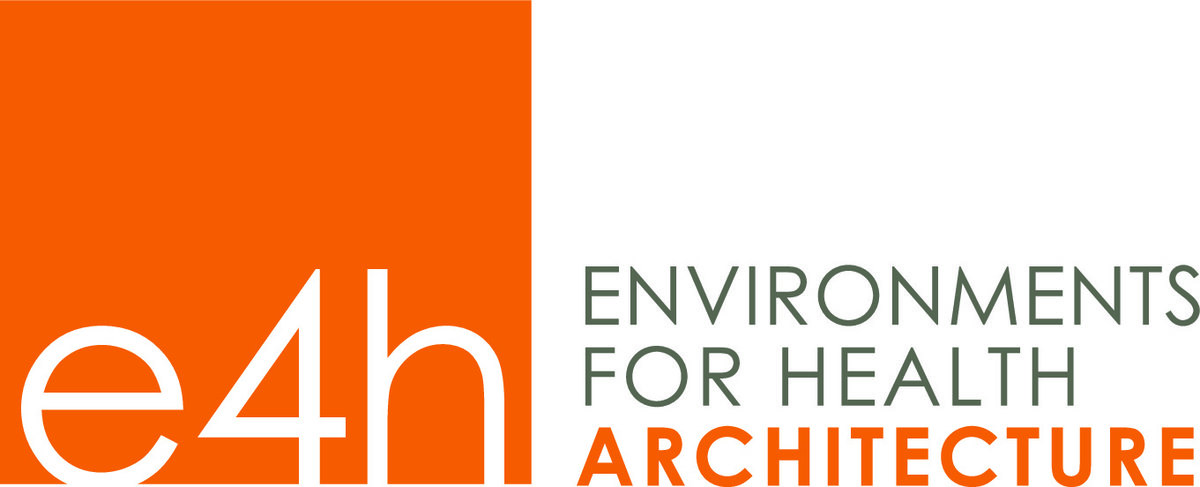E4H Environments for Health Architecture
Project Mission and Vision
The project's mission was to solve the extensive inpatient needs of the campus, with the goal of increasing the number of single-rooms from 30% to 90% and updating the oldest rooms on the campus. The planning & conceptual design process involved heavy user group input including collaboration with:
- Facility Master Planning Steering Committee
- Sustainability Council
- Internal Departments
- Design User Groups for nursing, support, and ancillary services
- Patients and Families Design User Group
The master plan for the new inpatient bed building facilitated the medical center’s ability to ensure patient safety and quality of care, enhance the patient experience, and provide greater operational efficiencies. The new design includes four inpatient floors and 128 private Medical/Surgical rooms.
Research Used and Lessons Learned
In response to growing demand, The University of Vermont Medical Center recently underwent an inpatient bed replacement. The new Robert E. and Holly D. Miller Building has four floors and 128 private rooms. Each 340SF room features a telemetry bed with enhanced monitoring capabilities, electronic white boards, and interactive devices that allow patients to have more control over their surroundings. These private, technologically sophisticated rooms reduce the need for patient transfers, help with infection control, and vastly improve the overall patient experience.
Patient rooms also feature space for family members, including a recliner with a pull-out couch. The floor plan is arranged so that the care team is in closer proximity to the patient rooms. Three care stations with computers, telephones, monitors, and views of the patient boards are central to the layout, giving staff a place for collaboration.
To increase thermal comfort and incorporate natural light into the space, the building uses dynamic electrochromic glass, which automatically adjusts the tint to control glare and reduce heat from the sun throughout the day.
Links To Published Articles On The Project
- Technology + Patient Comfort Drive Amenities at New Vermont Medical Facility
- Bringing Providers Closer to Patients in a Healing Environments


